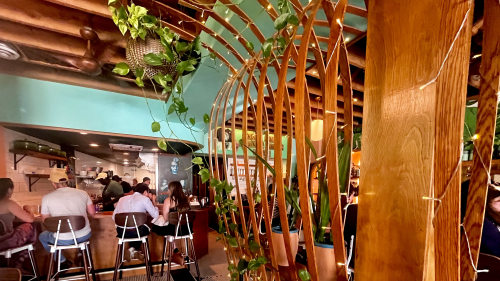With the Badgers on the road, Camp Randall Stadium is empty this weekend. However, the stadium itself is full of history.
1861-1865 | Camp Randall before it was Camp Randall, but still Camp Randall.
The stadium got its name from the ground it stands on. When the civil war began, the State Agricultural Society donated the area they used for the Wisconsin State Fair to wartime efforts. Governor Alexander Randall used these grounds as a training camp for Union soldiers.
1865-1917 | Becoming a University Landmark
Post-war, the Big Ten’s oldest functioning stadium was bought for $25,000 in 1893 and subsequently granted to the University in the early 1910s. A field fit for 3,000 spectators was put in place for football and track + field events.
With only wooden bleachers in place, the seating options could not handle the crowd’s energy – the bleachers collapsed during a visit from they who shall not be named (the Minnesota Gophers) in 1915. This event rushed the funding + construction of a concrete stadium which is still in place today + sturdy enough to withstand even the rowdiest of “Jump Arounds”.
By 1917, just two years after the collapse, the Gophers were back and the Badgers were ready. The revamped stadium was christened with a Badger victory over the same team who witnessed the collapse. This full-circle moment fueled the long-lasting rivalry between the teams.
1917-2022 | The rest is history
After not one, not two, but three expansions between 1957-1965, plus more seats added as recently as last year, the stadium has reached a capacity of 80,000 people. Quite the increase from the original stadium’s 3,000.
In more recent years, we’ve seen the stadium undergo renovations to upgrade facilities, and create a more modern environment for fans with things like new seats + heated floors.
While we love basking in the new amenities, our appreciation for this Madison landmark is rooted in its rich history.











